
Click the blue text to follow us

In Traditional Chinese Medicine (TCM), there is a treatment method
that can be considered a “viral” treatment
often seen in magazines and
shared by various celebrities as a little tip
That is — Bloodletting Therapy
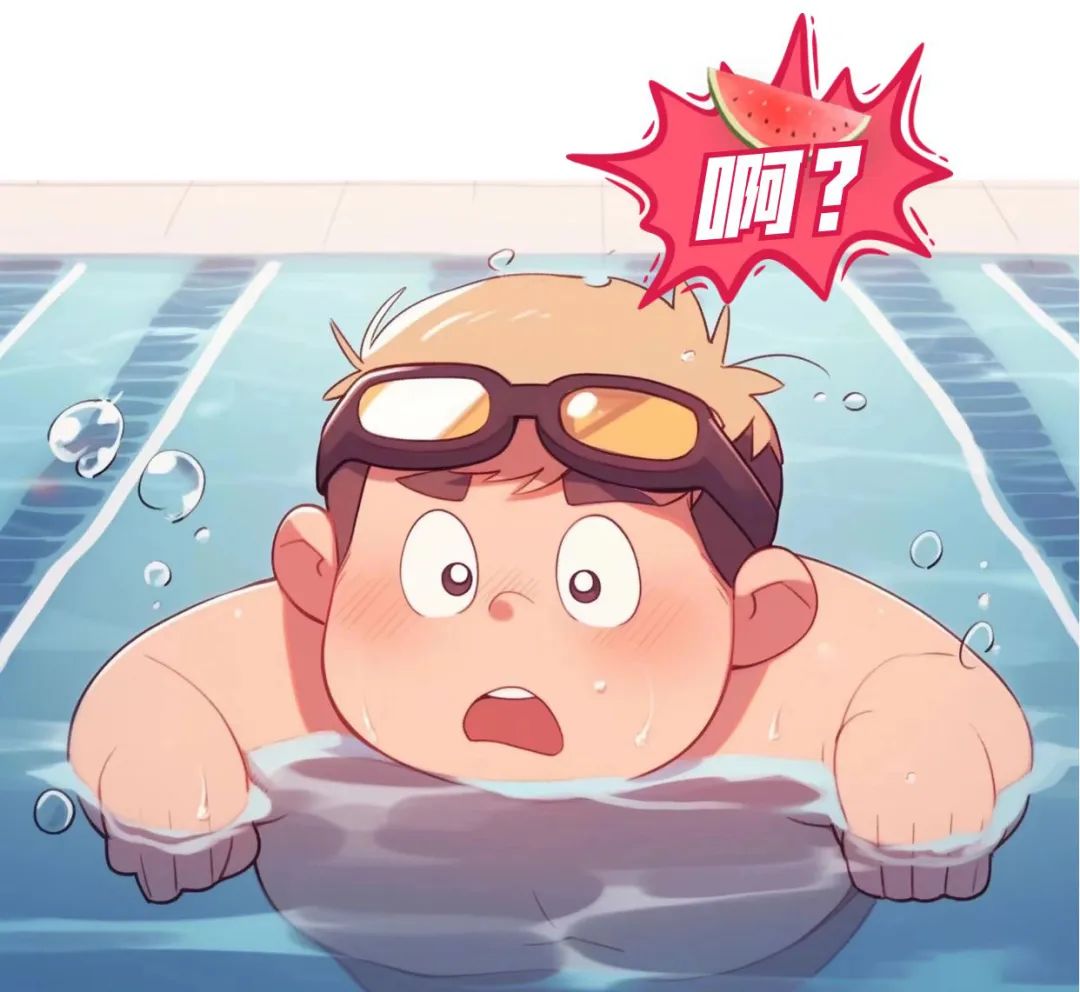
What is Bloodletting Therapy?
What are its effects?
Hejiang County Traditional Chinese Medicine Hospital
Acupuncture and Rehabilitation Department
Chief TCM Physician Luo Lin
is here to answer your questions

1. What is Bloodletting Therapy?
Bloodletting therapy is a type of acupuncture method, also known as “pricking blood therapy” or “pricking collaterals therapy.” It involves using a three-edged needle, blood collection needle, or disposable sterile injection needle to puncture acupoints, lesions, pathological reaction points, or superficial blood vessels. By releasing a small amount of blood, it allows the heat and toxins trapped in the body to escape with the blood, thus achieving the purpose of disease prevention and treatment.
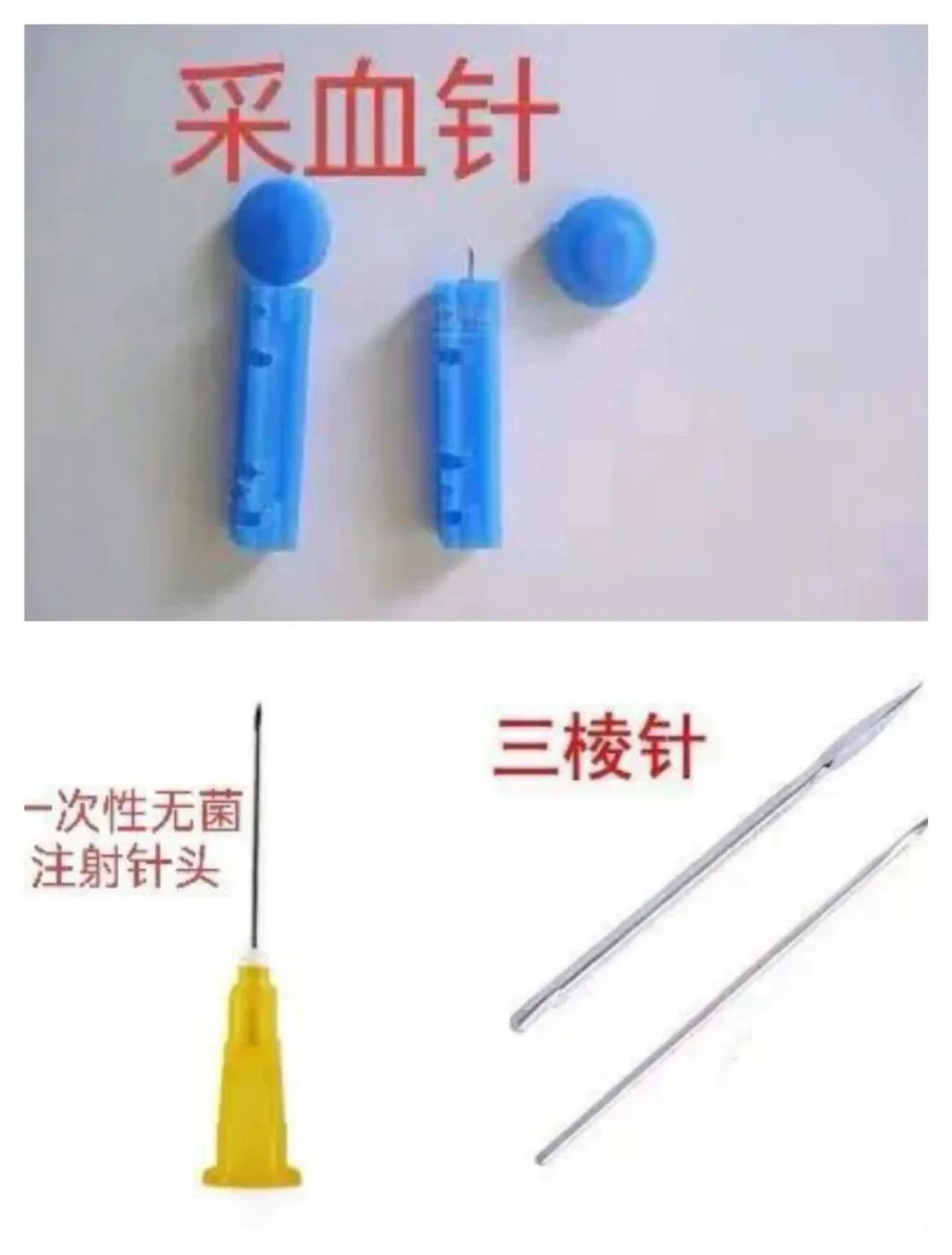
2. Effects of Bloodletting Therapy
1. Fever Reduction
When Yang Qi is abundant, blood is also abundant. Bloodletting can reduce the excess blood, thereby decreasing the evil heat in the blood vessels, normalizing the body’s Qi and blood. We often choose to perform bloodletting at the Dazhui (大椎) acupoint or the ear tip to treat early fever from colds, which can have a significant fever-reducing effect.
2. Pain Relief
TCM believes that “where there is flow, there is no pain; where there is pain, there is no flow.” Diseases with pain symptoms must have blockages in their meridians. Bloodletting therapy can directly remove the stagnant pathogens from the meridians, restoring smooth flow and stopping the pain. For example, using pricking blood therapy combined with cupping for acute gout has shown remarkable efficacy, especially when the digestive tract cannot tolerate anti-inflammatory painkillers.
3. Alleviation of Numbness
Qi deficiency cannot lead blood to the extremities, or blood deficiency fails to nourish, often resulting in numbness. Guided by the theory that blood carries Qi, puncturing acupoints on the affected limb to release a small amount of blood can restore circulation, nourishing the limb and alleviating numbness.
4. Swelling Reduction
Swelling and pain are often due to Qi stagnation and blood stasis, causing obstruction in the meridians. Bloodletting therapy can directly eliminate the stagnant Qi and blood along the local meridians, promoting unobstructed flow and achieving swelling reduction.
5. Itch Relief
Itching is a manifestation of wind evil present in the blood vessels, hence the saying, “To treat wind, first treat the blood; when blood flows, wind naturally dissipates.” Bloodletting regulates blood and Qi, ensuring smooth blood flow and eliminating wind evil, thus achieving itch relief.
6. Detoxification
In pathological conditions, the body’s functional barriers cannot resist toxins, leading to symptoms. Bloodletting therapy can expel the invading toxins with the blood, and more importantly, through regulating blood and Qi, restore normal body functions to resist the expansion and regeneration of pathogens.
7. Anti-Nausea
Acute vomiting often belongs to excessive heat or rebellious liver Qi invading the stomach or food stagnation. Bloodletting can drain heat, pacify rebellious liver Qi, and facilitate the downward movement of accumulated food in the stomach, thus alleviating nausea and vomiting.
8. Fire Reduction
TCM believes that internal heat disturbance can lead to various diseases, often manifesting as irritability, pain and swelling in the limbs, impatience, fever, etc. Bloodletting therapy can directly expel the heat evil with the blood, suitable for various heat syndromes.
Indications
1. Acupoint Bloodletting
1. Ear tip bloodletting. Commonly used for excess heat syndromes, particularly effective for treating insomnia, diseases of the head and face, skin diseases, cardiovascular diseases, and has special effects on fever from colds, hordeolum, and acute tonsillitis.
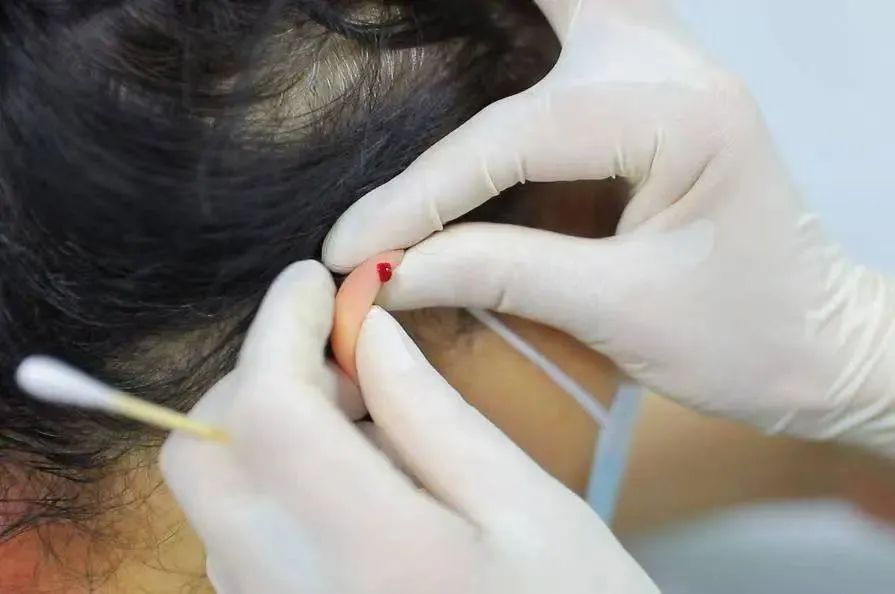
2. Sifeng (四缝) acupoint bloodletting. Treats pediatric food accumulation, pediatric indigestion, whooping cough, and finger joint arthritis.

3. Dazhui (大椎) acupoint bloodletting. Dazhui is a point on the Governing Vessel, governing all Yang in the body. Therefore, bloodletting at Dazhui can drain the Yang evil heat, achieving the effects of harmonizing Ying and Wei, unblocking obstructions, and detoxifying. Effective for treating fever, sore throat, and occipital sores.
4. Weizhong (委中) acupoint bloodletting. “Seek Weizhong for lower back pain.” This point has the effects of relaxing muscles, unblocking meridians, and invigorating blood, effective for treating chronic low back pain, carbuncles, and stubborn skin diseases.
5. Shixuan (十宣) acupoint bloodletting. Located at the extremities, Shixuan is where the Qi of the three Yin and three Yang channels converge. Bloodletting at Shixuan can release accumulated heat and unblock stagnant Qi. Effective for treating high fever, heat stroke, and syncope.

2. Superficial small vein bloodletting at the ear back collaterals. Used for treating pediatric acute fever, chronic pharyngitis, and post-herpetic neuralgia.
3. Local bloodletting often uses the scattered pricking method, which involves using a three-edged needle or thick hair needle to perform multiple punctures in the area of pain or lesions. Depending on the size of the area to be punctured, multiple needles can be used, puncturing from the outer edge of the lesion towards the center. Can be used for treating cervical spondylosis, shoulder periarthritis, low back pain, rheumatoid arthritis, gouty arthritis, and acute ankle sprains.
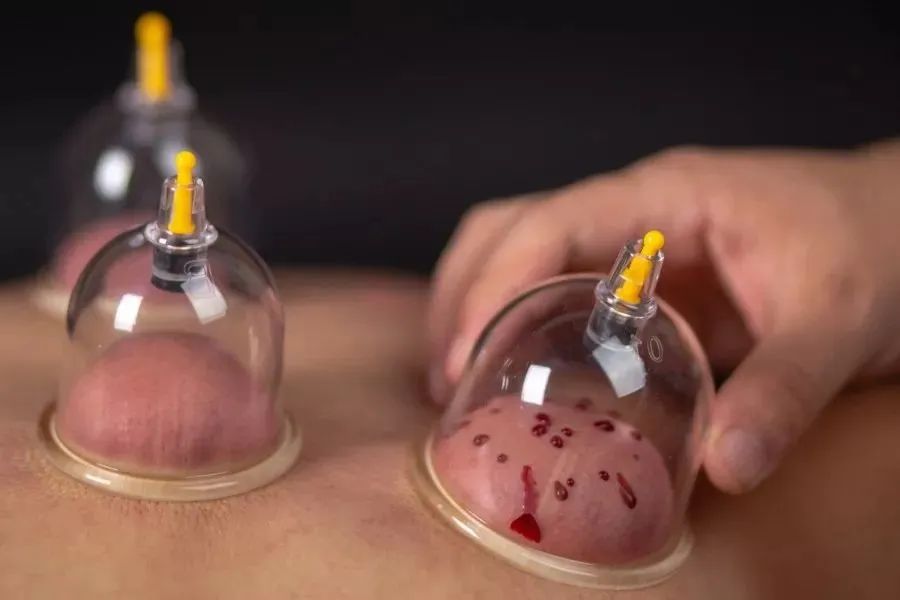
Precautions
The following situations require cautious use:
1. Individuals with weak constitutions, or those who are overly hungry or full should be cautious.
2. Pregnant women, postpartum women, and those with habitual miscarriage should avoid puncturing; caution is advised during menstruation, especially for those with light flow or late menstruation.
3. Avoid puncturing in cases of severe external bleeding.
4. In cases of skin infections, ulcers, or scars, do not directly puncture the affected area; select surrounding acupoints for needling.
5. Avoid puncturing in critically ill patients with severe heart, liver, or kidney dysfunction.
6. Avoid puncturing arteries.
7. Avoid puncturing in patients with various blood diseases.
The bloodletting duration is generally 5 minutes, and the time and amount of bloodletting can be adjusted based on the condition and medical advice; after bloodletting, the local skin may show purplish-red bruises the size of the puncture, which can disappear on their own in a few days; the bloodletting area should not be wet within 4 hours to avoid infection!
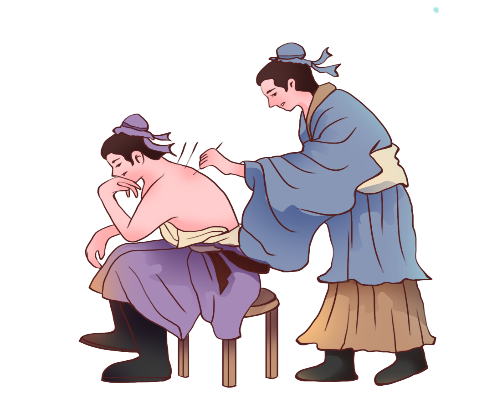
Warm Reminder:This article is for health science popularization only and should not be used as a basis for diagnosis or treatment. Specific operations should be conducted under the guidance of a qualified TCM physician.
Luo Lin’s Profile

Chief TCM physician, with a bachelor’s degree, graduated from Chengdu University of Traditional Chinese Medicine, majoring in acupuncture and tuina. Youth member of the Rehabilitation Committee of the Sichuan Acupuncture Society. Studied in the Rehabilitation Department of West China Hospital of Sichuan University and obtained the 2018 annual shortage talent training project certificate for rehabilitation physicians. Trained under the renowned TCM physician Li Xiaoyong in Luzhou. Skilled in combining traditional TCM techniques such as acupuncture, cupping, bloodletting, acupoint embedding, and guasha with modern rehabilitation treatment techniques to treat post-stroke hemiplegia, speech disorders, swallowing difficulties, dementia, facial paralysis, paraplegia, headaches, dizziness, facial muscle spasms, insomnia, and various pain syndromes such as neck, shoulder, low back, and leg pain, and rheumatic pain.
Consultation location: 3rd floor of the inpatient department, Acupuncture and Rehabilitation Department
Previous Recommendations–
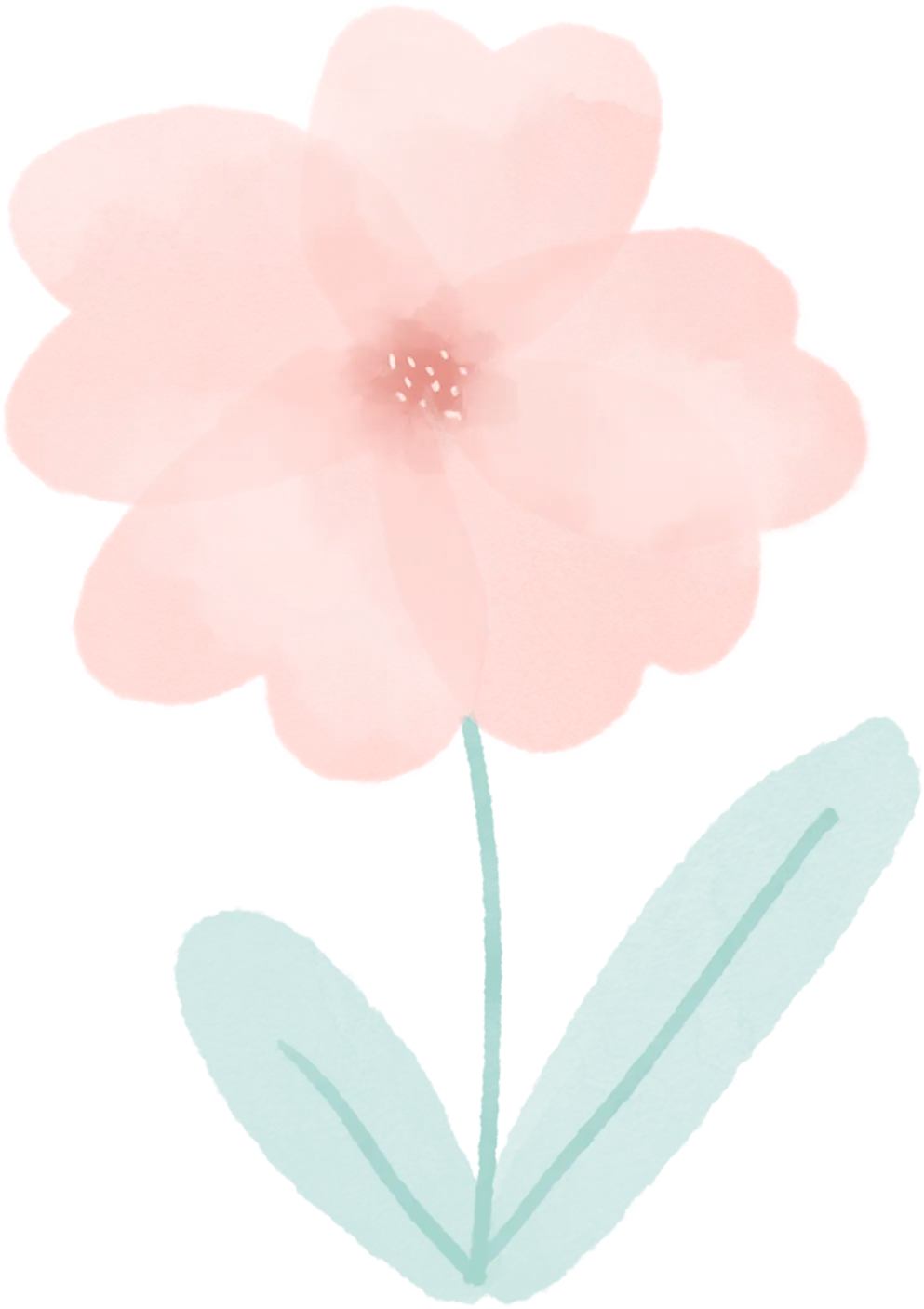
Dynamic Mobile medical services enter the community, caring for the elderly up close

Today, Hejiang officially welcomes…
Issued by: Li Yunfu
Reviewed by: Huang Zhenhua, Li Bo
Edited by: Li Xiang, Mu Yan, Chen Shuang
Editor/Proofreader: Li Jin ZhouZili
Source of Information: Acupuncture and Rehabilitation Department, Luo Lin
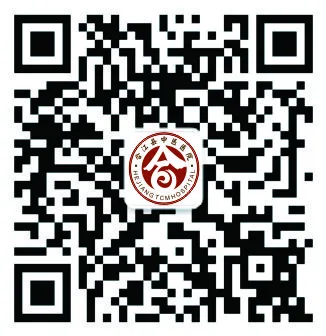
WeChat Subscription Account:
Long press the QR code to follow us

Official Douyin Account:
Long press the QR code to follow us

Official Video Account:
Long press the QR code to follow us
Emergency Department Phone: 0830-5222120
Appointment Registration: 0830-5231330
Hospital Address: No. 1 Aoli Street, Fuyang Street, Hejiang County
Transportation Routes:
1. Take bus routes 1, 2, 3, 5, 7, or 10 to the New Traditional Chinese Medicine Hospital stop, and walk about 50 meters.
2. Navigate to “New Hospital of Hejiang County Traditional Chinese Medicine Hospital” by car.

